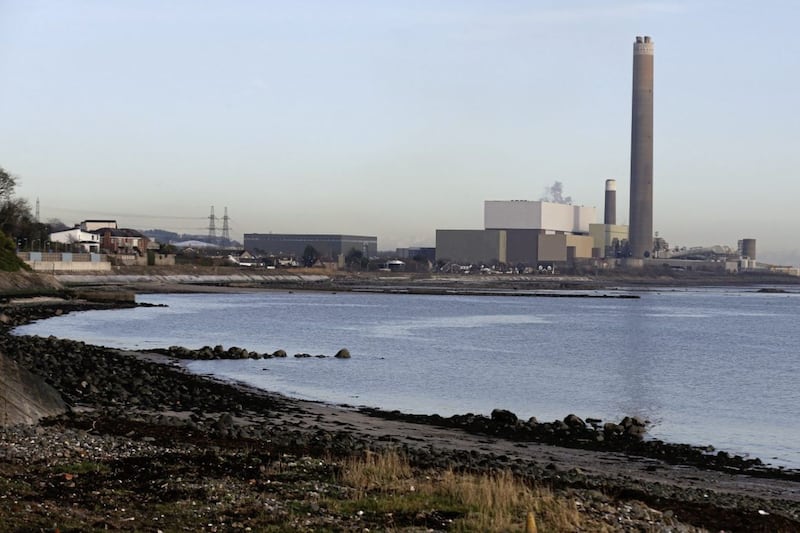WITH Ireland's energy industry transitioning to different type of supply arrangements, the auction process in the new Integrated Single Electricity Market (I-SEM) was expected to save consumers in the north around £50 million a year in lower capacity payments.
But it could also come a grim human cost in the possible loss of more than 250 jobs, with the ageing Kilroot and Ballylumford power stations threatened with closure.
And it begs this particular question of the plants' owners AES UK & Ireland: "Did your auction bid fail because you simply went in too high?"
Under the process to join the new market, suppliers had to pitch for a contract, and of the 100 bids, all were successful but seven, including AES.
It's well known that Kilroot and Ballylumford, in their current mainly coal-fired format, had limited lifespans anyway.
At Kilroot, for instance, competitive pressures around carbon pricing and environmental legislation meant it was unlikely the station would ever be repowered in its current format.
AES would have had to invest tens of millions in building new large-scale projects, which could be dragged out over years by possible planning objections, and the uncertainty not just over I-SEM but also Brexit, would mean that such large-scale investment would be highly risky.
Questions now arise, of course, about how the energy delivered by Kilroot in past years can now be delivered efficiently and without disruption by other suppliers.
Some point to the recently-approved north-south interconnector as the answer.
But it isn't expected to fire up until 2021, so the removal of capacity at Kilroot and Ballylumford in the interim would contribute to a significant risk to the security and stability of supply.
And here's another rub. There is some suggestion that potential opponents of the interconnector, a well-financed cohort of businesses and farmers, are circling the wagons and considering the potential for a legal challenge.
We're in the dark right now whether that will come to pass. Just like we might all be in the dark in winters to come when energy demand is at its peak.








